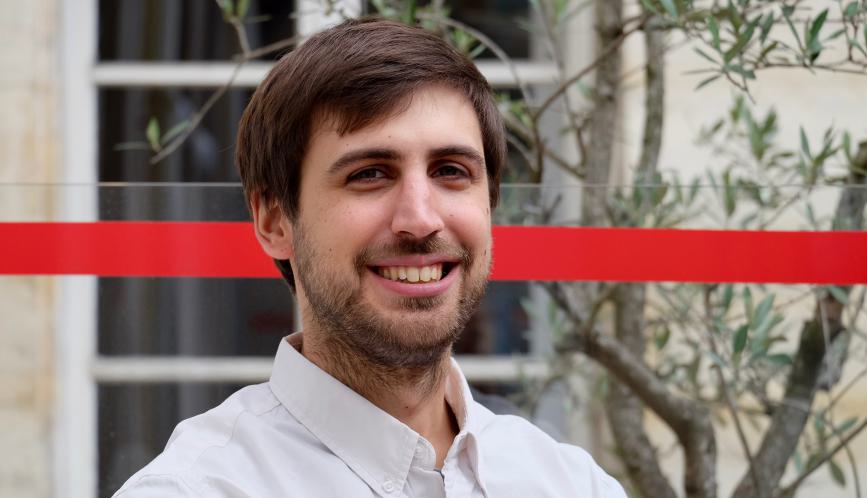Describe your area of study and how it relates to current policy discussions surrounding inequality.
I am a labor economist interested in family labor supply and marriage markets. I study individuals’ decisions about marriage (“whether, when and whom to marry”) and divorce, and look at how they affect their labor-market outcomes and impact on economic inequality at the aggregate level. In my first works, I describe how marriage markets in the United States have changed over the last decades. I document a moderate rise in the importance of schooling in the choice of the partner, but what seems to contribute the most to the rise of household inequality is the shift from a household model based on specialization (breadwinner-homemaker) to one that relies on the presence of two earners: in terms of sorting, this translates into a higher positive correlation between spouses’ wages. I then study the impact of changes in labor markets, such as changes in relative skill prices due to technological progress, on the family life of Americans. My research suggests that, over the last forty years, men at the bottom of the wage distribution have suffered from relatively large welfare losses on both labor and marriage markets, as their wages have been stagnating while they marry less and divorce more. At the same time, in spite of improved labor market opportunities, low-earning women have suffered welfare losses due to the increased difficulty of finding long-term male partners that can ensure a stable income flow.
What areas in the study of inequality are most in need of new research?
Many researchers, and particularly those in the HCEO working group, have stressed the long-lasting benefits of parents’ investment in childrearing. Nowadays, many children are born out of wedlock, from single or cohabiting parents. We also know that the exposure of children to family instability depends on the parents’ background, as singlehood and cohabitation are more common among individuals with low schooling and low labor income. Thus, particular attention should be paid to the dynamics of marriage and cohabitation: how do labor market prospects affect the choice of singlehood vs cohabitation vs marriage? Why do some partners choose to insure each other following a labor market shock while others prefer to break up? Why do some couples agree on large investment in public good (e.g. housing, child’s education) while others cannot coordinate to do so? There is a large margin for policy intervention in order to curb these systematic differences across population groups, both through improvements to the design of partnership contracts (particularly cohabitation, not recognized at the Federal level in the US yet) and through transfer of resources toward lower-income families and young parents, with the purpose of reinforcing and stabilizing the gains from marriage.
What advice do you have for emerging scholars in your field?
Understanding the divides that we observe across population groups with respect to family-related outcomes is key to understanding inequality along several dimensions in many Western societies. Marriage, divorce and childbirths are among the most defining events in one’s life and among the most complex economic decisions, with far-reaching implications for one’s working career, health, and happiness. At the same time, the economics of the family and marriage has been an expanding field in recent years and provides us with powerful tools to tackle issues related to inequality. It is the right time to invest in these skills and focus on these topics.



